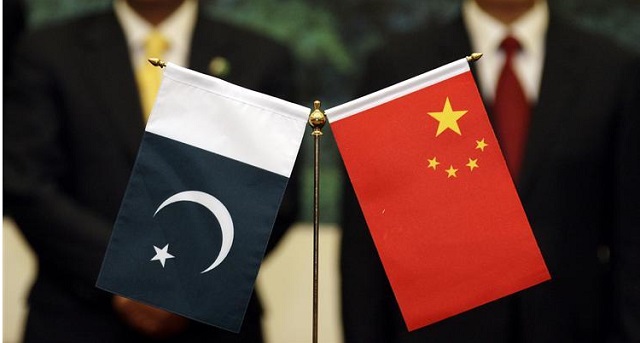BEIJING: “Power shortages have long plagued Pakistan. We have also suffered from frequent floods in the past two years, which has severely damaged the power system as well. Therefore, the demand for large-scale solar photovoltaics is increasingly urgent.” On September 22, Pakistani trader Abbas mentioned at the Investment and Trade Forum for Cooperation between East & West China.
Pakistan is on a path of energy transformation in full swing. So far, the South Asia country has emerged as a new overseas market for Chinese photovoltaic companies. According to statistics from the China Photovoltaic Industry Association (CPIA), Asia surpassed Europe to become the largest export destination for PV products in the first half of 2024, with Pakistan has become the second largest module export market after Europe.
During the same period, China exported inverters worth a total of RMB 1.714 billion to Pakistan. In August alone, the total value of inverter exports to Pakistan reached 326 million yuan, showing a year-on-year surge of 429.04%. And shimmering blue panels now sit atop a vast array of factories, households, hospitals and mosques.
Such a skyrocket naturally does not happen out of thin air. In addition to the fact that coal required for traditional thermal power generation mainly relies on imports, the circular debt of the power sector, the slow development of the transmission network, and the high rate of transmission line damage have also seriously restricted the development of Pakistan’s power system. The surge in exports of photovoltaics and supporting products reflects the urgency of turning to new energy power generation in Pakistan.
“Electricity prices continue to rise; thus, people are trying to find their own way out,” Abbas talked straight. As of June 2023, the installed capacity of solar power in Pakistan stood at 630 megawatts, namely 1.4% of the overall installed power capacity, which has a huge room for improvement. –Agencies





